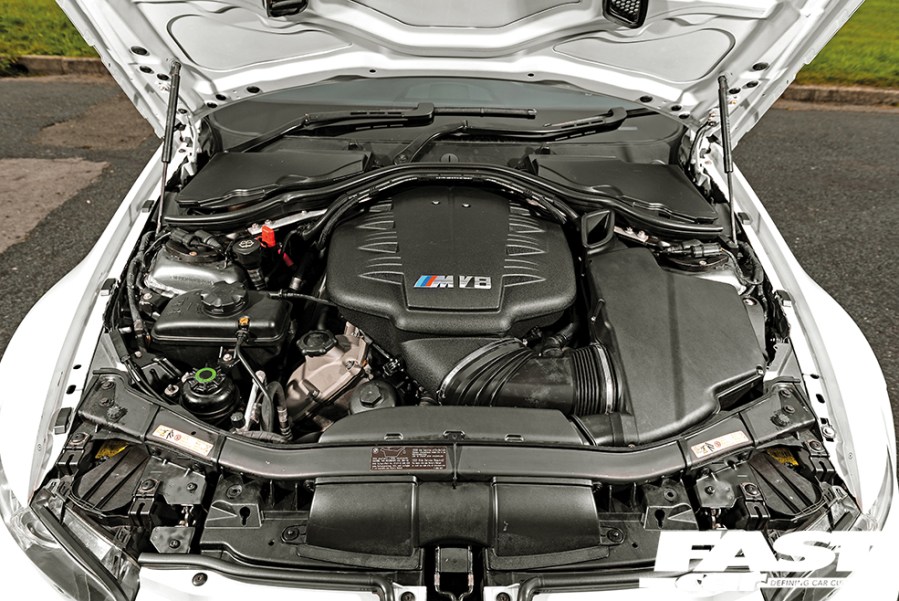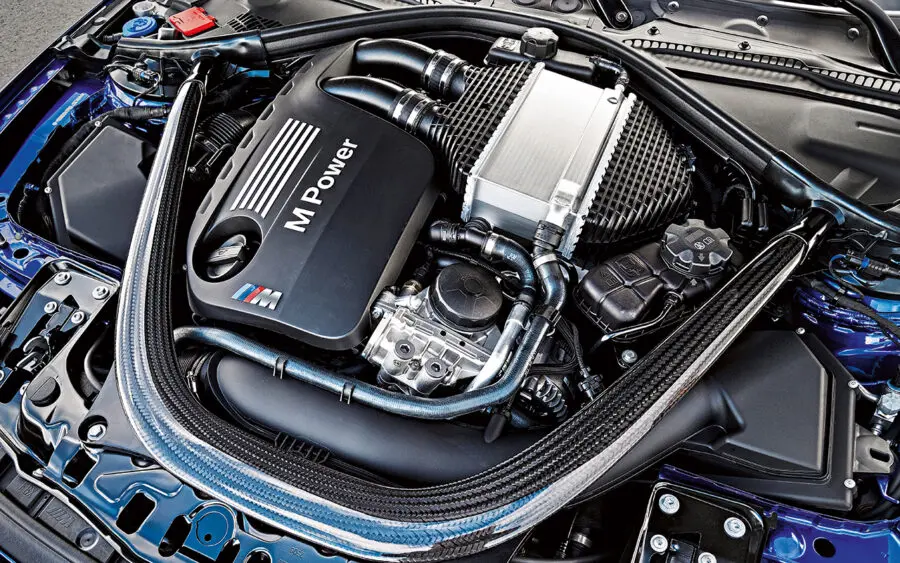Exploring the Efficiency Enhancements of the most recent BMW Engine Models
Exploring the Efficiency Enhancements of the most recent BMW Engine Models
Blog Article
Checking Out the Development of Burning Engines in Modern Transportation Equipments
As we navigate the landscape of modern transport, the development of burning engines stands as a testament to human ingenuity and engineering expertise. From their humble beginnings to the sophisticated giants thrusting vehicles today, combustion engines have undergone an impressive trip of advancement and adaptation. Understanding the intricacies of this development not only clarifies the past but also leads the way for picturing what exists ahead in the world of transportation technology. The interplay of background, technology, and ecological worries fit the trajectory of combustion engines develops a story that is both compelling and informative.
Early Beginnings of Combustion Engines
Exactly how did the concept of burning engines first arise in the beginning of transportation growth? When the concepts of internal burning were very first checked out, the origins of burning engines can be mapped back to the 17th century. In 1673, Christian Huygens conceived a fundamental inner burning engine that made use of gunpowder to produce power. It had not been up until the late 19th century that useful applications of burning engines in transportation started to arise.
The advancement minute included the invention of the very first effective gasoline-powered engine by Karl Benz in 1885 - bmw engine. This engine paved the method for the development of the contemporary auto, changing transportation systems worldwide. Succeeding innovations by Nikolaus Otto and Gottlieb Daimler even more fine-tuned burning engine innovation, bring about the automation of vehicles and the fast development of the transport sector
These very early combustion engines were defined by their simplicity and efficiency, laying the foundation for the complicated and powerful engines used in modern-day transport systems. The advancement of burning engines has contributed fit the method we travel and carry products, noting a considerable milestone in the history of transportation development.
Transition to Internal Burning Modern Technology
The change to inner burning technology noted a pivotal shift in the evolution of transport systems. This change started in the late 19th century, with creators like Nikolaus Otto and Gottlieb Daimler establishing the first successful interior burning engines. These engines revolutionized transport by offering a more effective and effective choice to vapor engines and electric motors.
Among the vital benefits of internal burning engines was their ability to be reduced to fit into cars, leading to the development of vehicles and motorcycles. This change from large, fixed engines to compact, mobile ones led the way for the modern-day transport systems we see today.
The transition to interior burning innovation also stimulated developments in fuel modern technology, leading to the development of gasoline and diesel as main gas sources for lorries. This shift not just made transport extra easily accessible to the masses but also laid the foundation for the oil and gas industry to end up being indispensable to global economic climates.
Effect of Combustion Engines on Transportation
The fostering of burning engines in transportation systems militarized a profound change in the effectiveness and rate of worldwide movement. Burning engines changed transportation by providing a versatile and dependable resource of power for different lorries, including autos, airplanes, ships, and trucks. This development substantially improved the capability for products and individuals to move over cross countries in much shorter period, bring about enhanced connectivity in between areas and countries.
In addition, the prevalent use of burning engines has had a substantial influence on financial growth. The capacity to transfer goods efficiently has actually stimulated profession and commerce, allowing companies to expand their markets and reach customers why not try these out worldwide. This has promoted economic growth and globalization, as products can currently be moved faster and in larger quantities than in the past.
Nonetheless, the environmental influence of burning engines can not be overlooked. The burning of nonrenewable fuel sources has resulted in air pollution and greenhouse gas emissions, adding to climate change and posturing health and wellness threats to populations. bmw engine. Therefore, there is a growing focus on developing different propulsion modern technologies to mitigate these negative impacts and create a much more sustainable future for transportation
Developments in Burning Engine Design
One remarkable innovation is the development of turbocharged engines, which make use of exhaust gases to drive a generator that compresses incoming air, permitting for even more fuel to be scorched, resulting in increased power output without a substantial rise in engine size. Variable valve timing systems have actually also revolutionized engine design by enhancing air flow at different engine speeds, boosting both power and performance. These advancements jointly add to the constant enhancement of burning engines in contemporary transport systems.
Future Fads in Burning Engine Development
With technology advancements driving continual development, the future of combustion engine advancement is positioned to revolutionize transportation systems around the world. One of the key patterns in burning engine development is the press towards higher efficiency and decreased discharges.
Another prominent trend is the adoption of crossbreed modern technologies in burning engines. Crossbreed engines integrate typical combustion technology with electrical power, using improved fuel effectiveness and lower discharges. As the vehicle market this content shifts towards electrification, crossbreed combustion engines are seen as a transitional option that bridges the gap between traditional vehicles and fully electrical ones.
Moreover, the integration of wise technologies, such as artificial intelligence and data analytics, is anticipated to play a significant duty in the future of burning engine growth. These modern technologies can maximize engine performance in real-time, leading to much more efficient combustion procedures and boosted overall car efficiency. Accepting these future patterns will certainly not just drive technology in combustion engine development yet additionally add to an extra sustainable and eco friendly transport community.

Conclusion
In conclusion, the advancement of burning engines in modern transport systems has actually been marked by substantial improvements in modern technology and style. From the early starts of burning engines to the change to interior burning modern technology, these engines have actually had a profound effect on transport.
The origins of burning engines can be mapped back to the 17th century when the principles of internal burning were initial discovered. These engines reinvented transportation by offering a more powerful and reliable alternative to heavy steam engines and electric motors.

Report this page